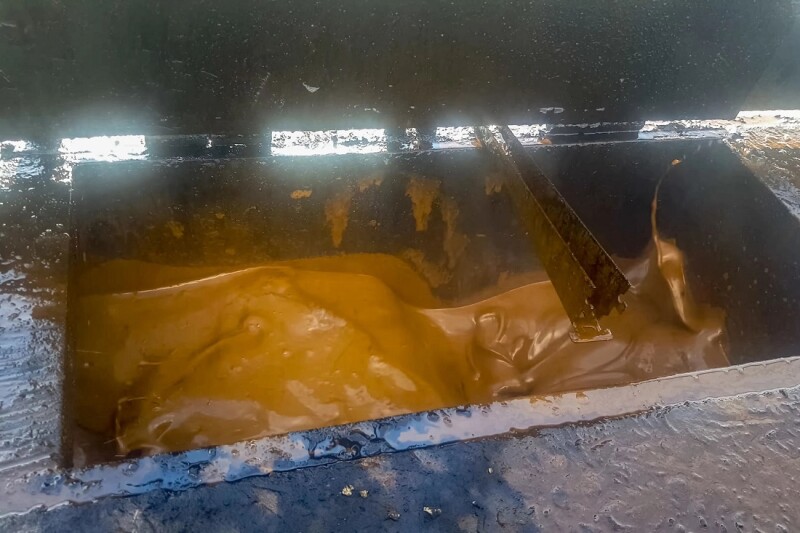As the focus on the environmental impact of drilling waste increases, the challenges related to this create a requirement for continuous improvement and innovation. The disposal of oil-based and water-based drilling fluids not only requires a solution for the end disposal but also carries a high carbon footprint within the logistics required to contain and transport the drilling waste to the processing and disposal sites.
For many years in offshore drilling, solutions for disposal of oil-based mud to below 4% oil on cuttings followed by discharge to sea, or transportation to an onshore thermal processing facility followed by landfill disposal, have been the common industry solutions. All drilling and offshore environments have their own limitations in terms of rig space or regulatory requirements for disposal, which is major factor in determining the disposal options for the operator.
When faced with drilling in an environmentally sensitive protected marine area, the treatment and disposal solutions require the utmost focus on regulatory compliance and minimal environmental impact.
The solutions detailed in this paper were implemented for such an environment on an artificial offshore island. The drilling field was within a World Biosphere Reserve under the United Nations Educational, Scientific, and Cultural Organization Man and Biosphere Program, which imposed a complete zero-discharge policy for all drilling activities on the island.
The most common solution in this environment is traditional skip-and-ship processes whereby the drilling waste is contained in skips and transported onshore with supply vessels for onshore treatment (for removal of oil content to below a certain percentage) before final disposal of the recovered solids at a landfill site.
In order to provide a more environmentally efficient solution, a system incorporating a high-temperature thermal desorption unit and a cuttings-reinjection system was proposed to provide the capability to treat the drilling waste at site and dispose through a dedicated disposal well on the artificial island, thus reducing the requirement for any transportation to shore or disposal to landfill.
This paper presents the challenges, solutions, and results of performing the offshore drilling-waste management.
The solution was to treat all drilling waste at source.


